Insulation and sheath materials: Solar cables usually use high-quality insulation and sheath materials, which have excellent waterproof properties. For example, XLPE (cross-linked polyethylene) as an insulation material not only has excellent electrical properties, but also has good waterproof properties, which can effectively prevent moisture from penetrating into the cable.
Sealing design: The joints and terminals of solar cables, as critical connection points in the cable system, are particularly critical for sealing design. These designs usually adopt multiple protective measures, including but not limited to filling and sealing with waterproof tape, waterproof joint box or special sealant. These materials can not only fit tightly to the cable surface to form an effective waterproof barrier, but also maintain a stable sealing effect under the influence of external factors such as temperature changes and mechanical vibrations. In addition, some high-end solar cables also use technologies such as heat shrink tubing or cold shrink tubing to wrap the tubing tightly around the joints and terminals through heating or mechanical compression to further enhance the waterproof performance.
Hydrolysis resistance: Hydrolysis resistance is an important indicator to measure the stability of solar cables in humid environments. Manufacturers will perform special treatment on cable materials during the production process. For example, by adding chemical substances such as anti-hydrolysis agents and cross-linking agents, the molecular structure of the material is improved to make it denser and more stable. In this way, even if the cable is exposed to a humid environment for a long time, its insulation layer and sheath layer can effectively resist the erosion of moisture and keep the electrical and mechanical properties of the cable unaffected.
Special materials: The selection of sheath materials for solar cables is crucial because it is directly related to the UV resistance of the cable. Polymer materials such as specially formulated polyethylene (PE) or cross-linked polyethylene (XLPE) not only have good insulation properties and mechanical strength, but also have excellent UV resistance. These materials can absorb and reflect UV radiation, reducing the destructive effect of UV on the cable surface. At the same time, they can maintain stable chemical properties under sunlight exposure and will not degrade or discolor due to photochemical reactions. In addition, some high-end solar cables will also use co-extrusion technology to compound multiple materials together to form a sheath layer with a multi-layer structure to further improve the UV resistance of the cable.
Radiation treatment: Radiation treatment is an advanced material modification technology that irradiates cable materials through high-energy radiation sources (such as electron beams, gamma rays, etc.). This treatment can change the molecular structure of the material, making it denser and more stable. For solar cables, radiation treatment can further enhance the UV resistance of its sheath material. The cable sheath layer that has been treated with radiation can more effectively resist the erosion of ultraviolet rays and extend the service life of the cable. In addition, radiation treatment has the advantages of environmental protection and pollution-free, which meets the requirements of modern industry for green production.
Long-term outdoor use verification: Solar cables are designed with the needs of long-term outdoor use in mind, so they will undergo rigorous testing and verification. These tests include performance under harsh environmental conditions such as simulated sun exposure, high temperature and high humidity to ensure that the cable can meet the requirements in actual use.
Solar cables do have the performance required for outdoor use environments such as waterproof and UV resistance. These performances are achieved thanks to the high-quality materials, professional sealing design and special processing technology used in the cables, which ensure the stability and reliability of solar cables in harsh outdoor environments.

 ENGLISH
ENGLISH 简体中文
简体中文 GERMAN
GERMAN SPAIN
SPAIN
 +86 181-5747-1135
+86 181-5747-1135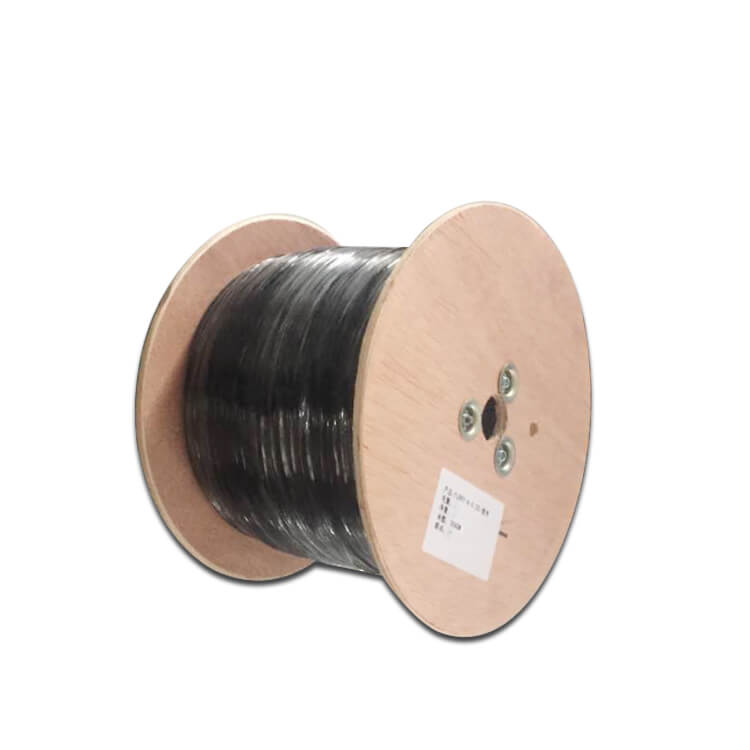
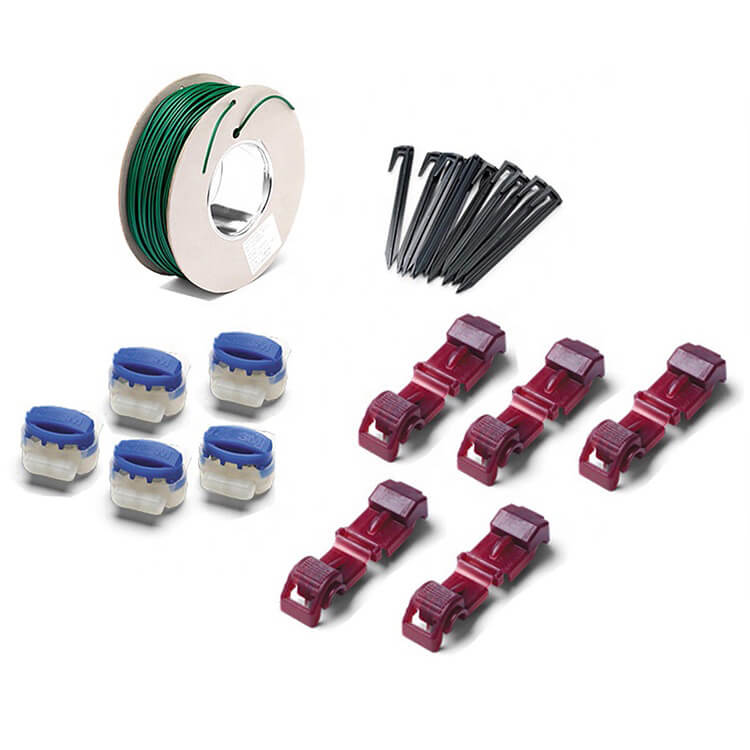
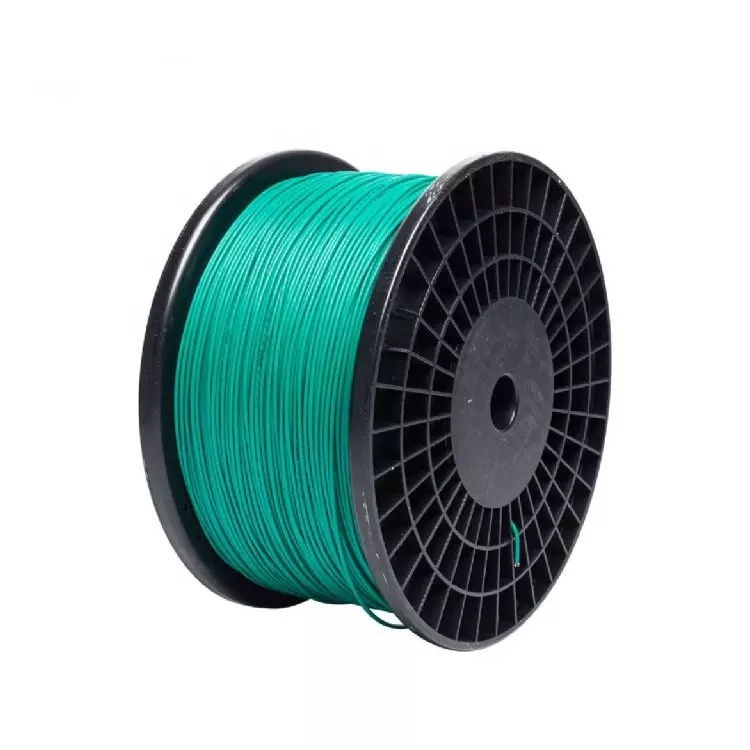
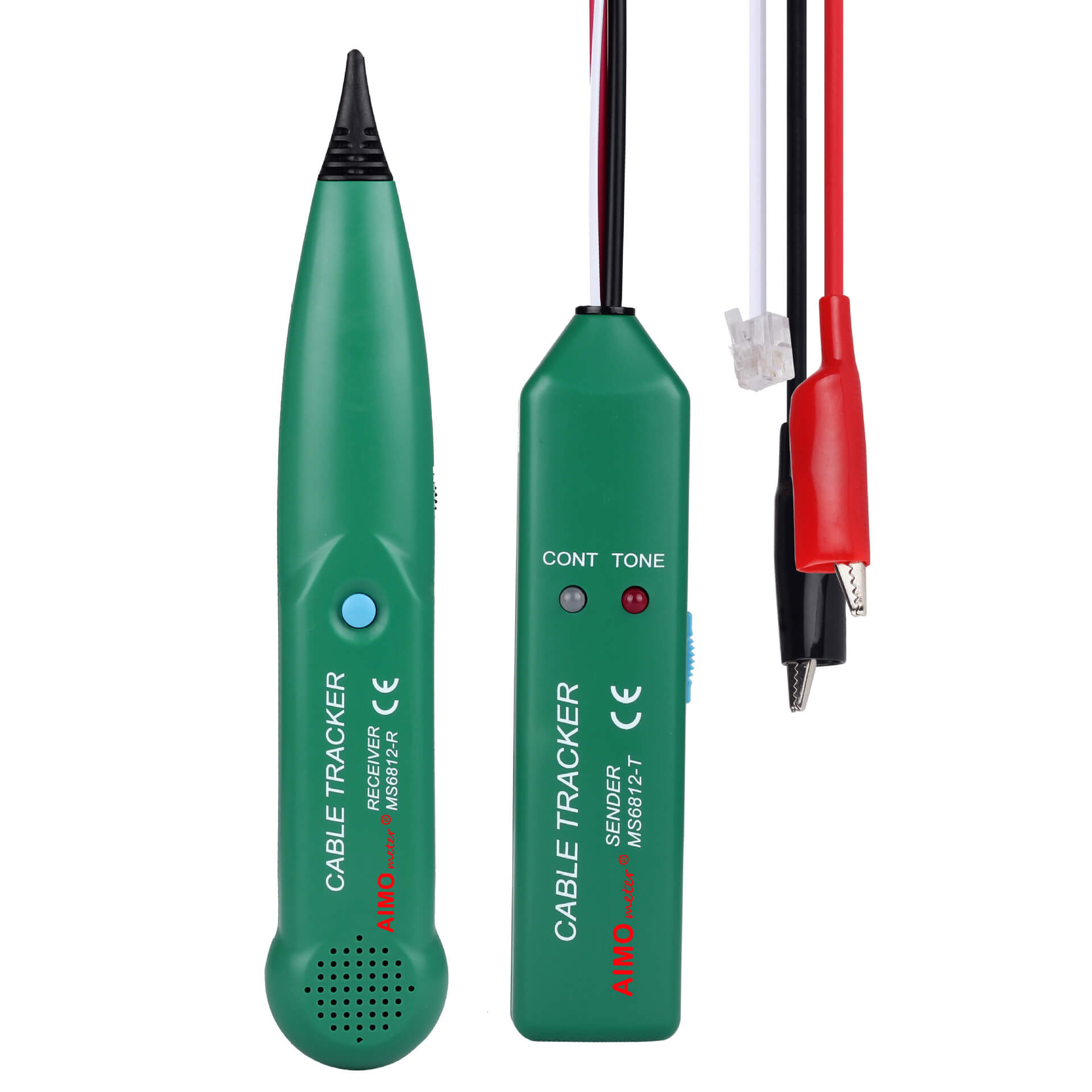


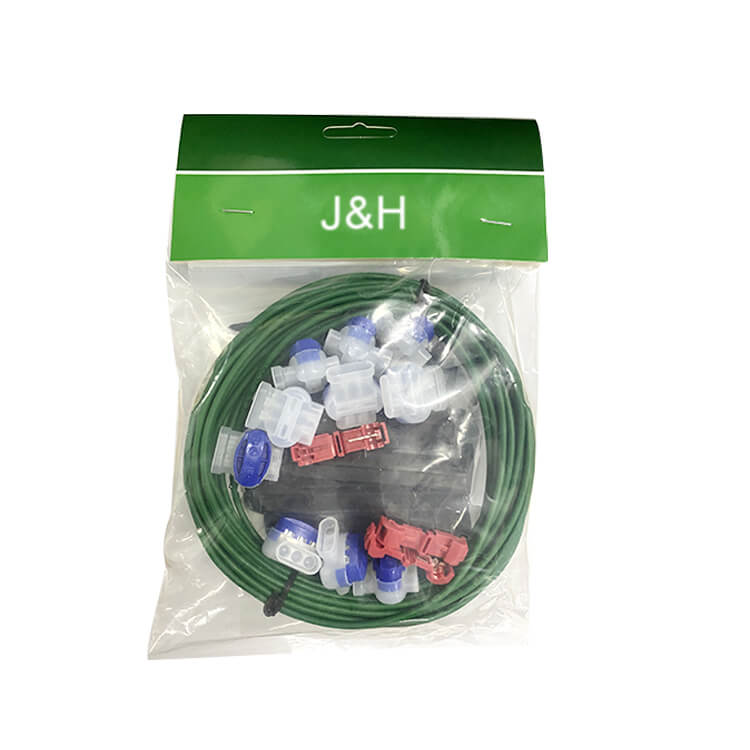
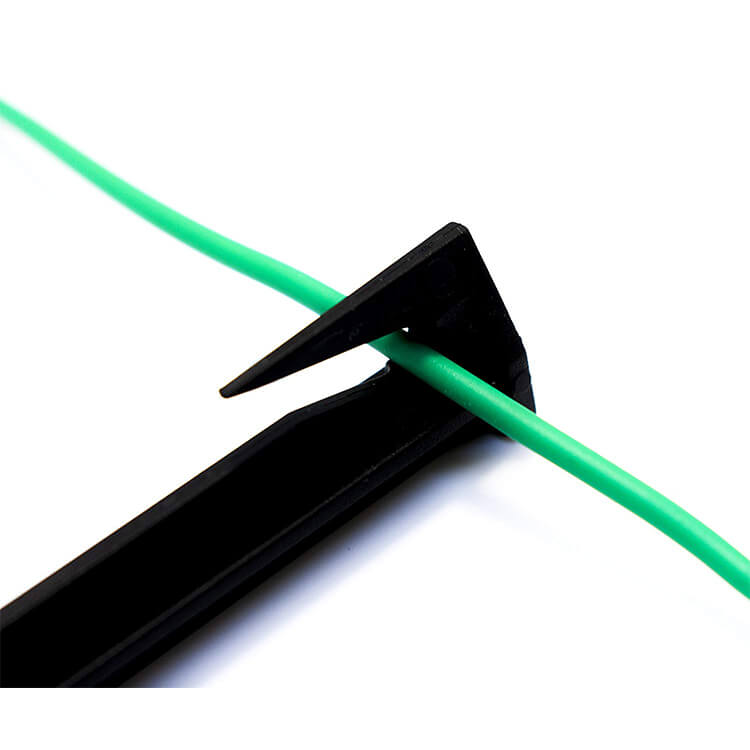
 Abroad:+86 181 5747 1135
Abroad:+86 181 5747 1135 FAX: +86 574 8900 7636
FAX: +86 574 8900 7636 E-mail:
E-mail: 

 read the map
read the map

